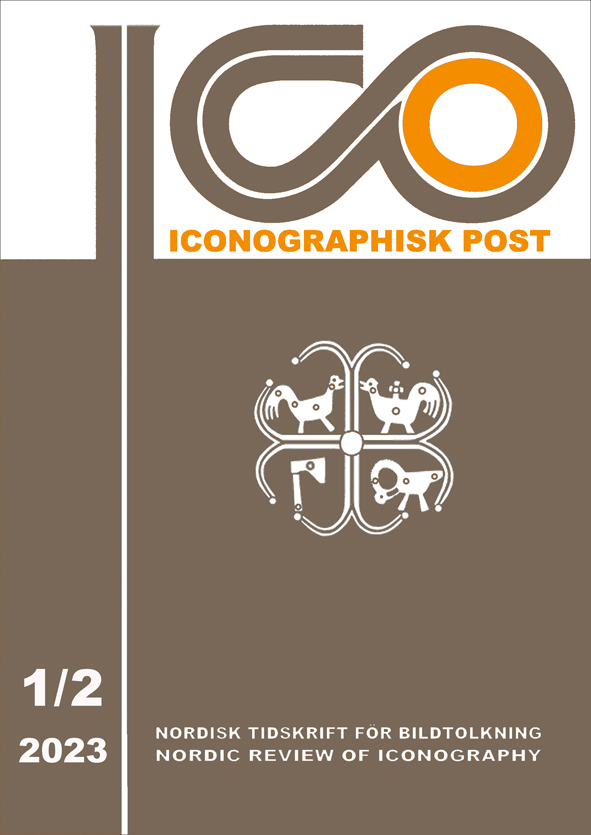Motiv med mening? Att tolka Pompejis ingångsmosaiker
DOI:
https://doi.org/10.69945/ico.vi1-2.25943Abstract
Title: Motifs with Meaning? To Interpret the Entrance-Mosaics at Pompeii
The ancient city of Pompeii presents a wide range of mosaic-floors that drew inspiration from both the Hellenistic tradition and its Roman successor. By the time the city was buried by the eruption of Vesuvius in A.D. 79, a number of atrium-houses were decorated with mosaic-floors, although this floor type never surpassed the more popular version of the cement floors. A certain group of mosaics, found particularly in the entrances (fauces in Latin) of the atrium-houses, have, despite their multifaceted and interesting motifs, not been systematically studied before. In her dissertation, and in this article, the author studies the role of mosaics in the communication between different spheres, the inside and the outside world, through a liminal space: the entrance. The different mosaic patterns may be categorised in various ways, for example as geometric or figurative. The main technique of the 30 or so mosaics is the use of black-and-white tesserae although some present polychrome elements. The overarching theme is that of a welcome but in some instances warnings are also issued (Cave canem, as stated in one of the mosaics), and in others, the status of the house owner is the main message. Moreover, references to everyday life seem more important in the entrances than associations to the divine and religious sphere. All in all, the preservation of both the mosaics as such (many were around hundred years old by the time of the eruption), and the fact that many of the patterns were used over long periods, suggest that certain designs were considered appropriate and meaningful in both Hellenistic and Roman contexts.


